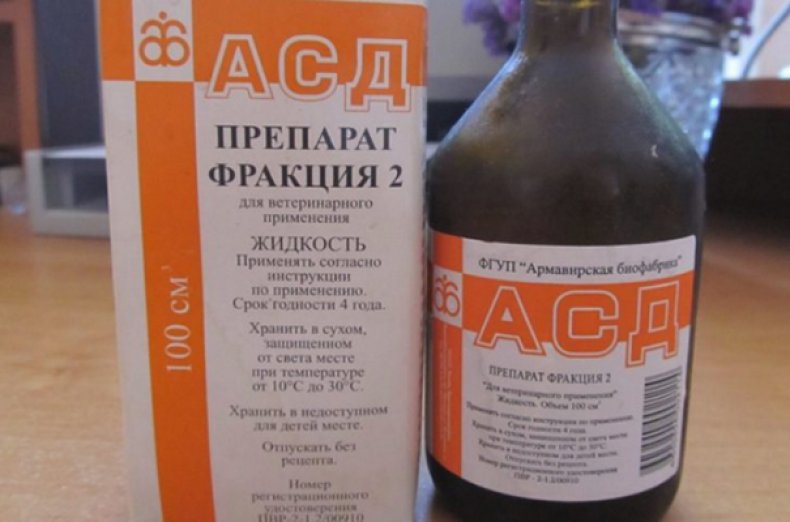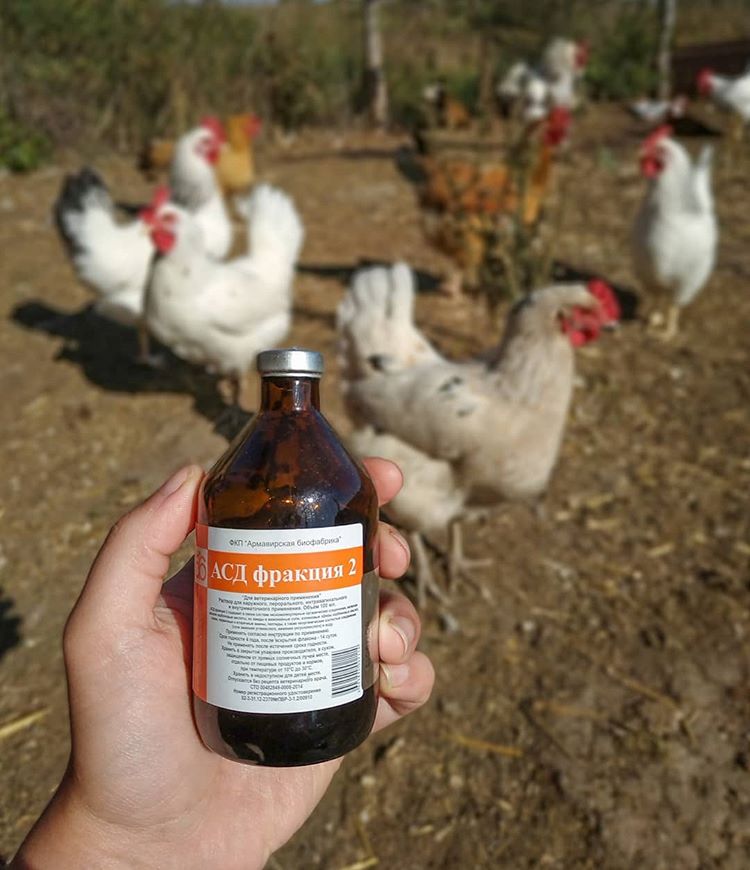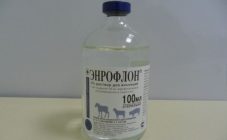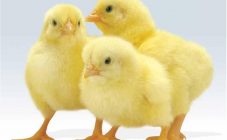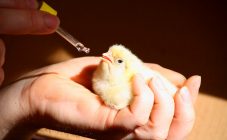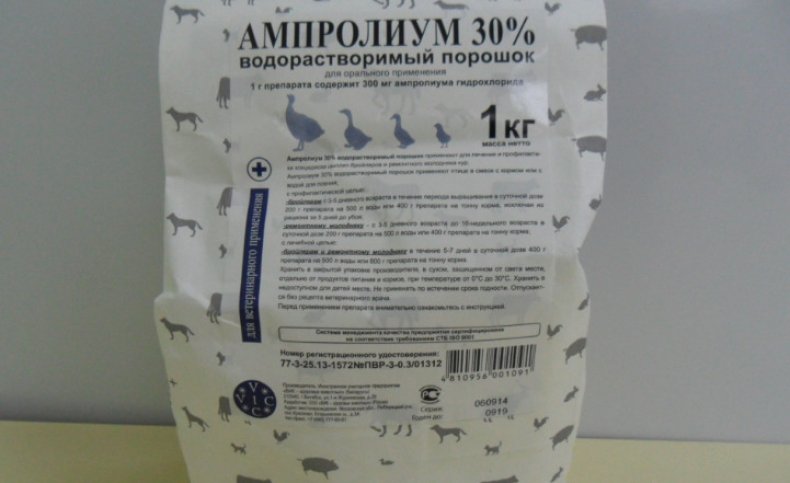Content:
Initially, ASD fraction 2 was developed as an immunomodulator. This is a development of Soviet doctors, the name of its inventor is known - the candidate of medical sciences A.V. Dorogov. ASD stands for "Dorogov's antiseptic-stimulant". There is a theory that the drug was supposed to protect the population from radiation, it has been proven that it has an antiseptic and wound-healing effect. Nevertheless, it is practically not used in conventional medicine, but it has become widespread in veterinary medicine, where it is used, for example, for poultry.
One of the advantages of the product is that ASD 2 is suitable for hens and chickens equally. It is given to adults to prevent diseases like ovarioalpingitis, and to chickens to increase immunity and as a growth stimulant. In this regard, the questions of how to give the drug to poultry, in what dosage, whether it has contraindications, are becoming relevant.
Description and characteristics of the drug
The ASD-2 preparation for chickens and chickens has the same composition as the product developed for the population. It is a sterile solution that mixes well with water.
The preparation contains carboxylic acids, cyclic and aliphatic hydrocarbons, amide derivatives, water. It is produced in dark glass bottles. The liquid itself has a yellow tint, but it can also be reddish. The standards allow for the presence of a fine dark precipitate. Has an alkaline reaction.
There is a rather persistent myth that ASD-2 (or the second faction) is just an alternative version of ASD-1, a much more powerful tool that was allegedly classified. In fact, this is not the case. The first fraction was obtained from tissues of river frogs; it had a number of disadvantages, for example, it was poorly soluble in water. So the drug was simply modified to ASD-2. The third fraction is also produced - ASD-3, but it is intended for external use.
Currently, for the manufacture of ASD-2, such raw materials are used as meat and bone meal, which is widely used in the manufacture of feed, including for poultry. The production is carried out by the method of dry distillation, which allows to split substances to low molecular weight components.
The drug is good because it has practically no contraindications. Although in conventional medicine, discussions about him continue, in poultry farming, Dorogov's antiseptic-stimulant has been used for a long time. A lot of experience has been gained in its use. In particular, practice shows that there are no side reactions when using it. This is due to the fact that it has a high bioavailability, and at the same time its components are not perceived by the body as something foreign.
ASD for chickens and chickens is used to achieve the following goals:
- the formation of stable immunity, increased resistance to diseases;
- improving metabolism;
- prevention of gastrointestinal diseases, both common poisoning and infection;
- for the prevention of parasitic infestation;
- to increase the egg production of laying hens.
Also, the tool is used in the complex therapy of viral and bacterial infections. Chickens need it as a growth promoter.
Instructions for using the drug
As with any other drug, it is very important to properly prepare the product and give it in the dosage indicated by the manufacturer. Moreover, with regard to the preparation ASD fraction 2, the instructions for use for chickens have been developed in sufficient detail and in detail.
The farmer is primarily interested in the dose in which it is necessary to give this remedy:
- For the prevention and treatment of gastrointestinal pathologies, 3 ml of the drug is used per 100 birds. Moreover, it must be diluted with water or mixed with compound feed. The tool is used within a week.
- In case of respiratory infections, for example, if the chicken population is threatened with bird flu, a dose of 3 ml per 100 heads (or 15 ml per 100 liters of water) is also recommended for adults, but the duration of the treatment course is only 5 days.
- To increase the egg production of laying hens, as well as to prevent ovariosalpingitis, the drug can be given for 7 days. The dose is 7 ml per 100 heads (or 35 ml per 100 l of water). The indicated volume is more relevant for large farms. For a small household, the drug is used at a dosage of 3.5 ml per bucket of water (10 l).
If ASD-2 is used for chickens, the instruction will be slightly different:
- To strengthen the immune system - 3.5 ml per 10 liters of water. You can mix the preparation with feed.
- Aerosol to stimulate growth. In this case, the usual preparation ASD fraction 2 for chickens is used, the dosage is 5 ml per 1 cubic meter of air.
- In the treatment and prevention of respiratory infections - 10 ml per 1000 head.
ASD-2 for broilers, in general, is used at the same dosage. It's just that the timing of the drug is starting to play a more important role. For the first time, a broiler chick receives it on 4-6 days in a dosage of 35 ml per 100 liters of water. On the seventh day, aerosol use of the drug is recommended. It is sprayed indoors to stimulate growth and to prevent apteriosis. Then the drug is given again on days 8-9, repeated on days 12-13 at a dosage of 35 ml / 100 liters.
Tips and tricks from experienced poultry farmers
ASD-2 has proven itself well in the prevention and treatment of many diseases of poultry. But this is exclusively a product produced by a trustworthy manufacturer. When buying, be sure to pay attention to the label, which must indicate the name and address of the manufacturer, the technical specification number, the composition of the product, etc. Each conscientious manufacturer supplies the drug with instructions. Currently, the drug can be ordered online and then delivered by mail. To avoid fakes, it is worth ordering directly on the manufacturer's website or its official representative.
The tool turns out to be quite economical. On average, for a livestock of 100 adults, one bottle is enough for a month. Many farmers use the following scheme - for prevention, they give the remedy 2 times a month, in courses of 5 days, so that there is an interval of at least two weeks between them.
The question remains how to give chickens ASD-2.The instructions say that this can be done with water, but many birds do not come to the drinker so often to get the drug in the right amount. This is especially true of young animals, but adults, especially on a walk, can ignore the drinker (for example, in autumn or winter they eat snow).
In order for a chicken or an adult hen to receive a sufficient amount of medicine, it is mixed with feed, at the rate of approximately 15 cubes of the drug for 30 heads. This amount of medicine is thoroughly mixed with a small portion of food, and then added to the general feed. This is best done in the morning. In this case, the bird still needs to be watered. Leave plenty of clean water near the feeder.
ASD-2 has an unpleasant odor. The farmer who will breed it is advised to work outdoors. But this smell does not bother birds at all.
The drug, upon contact with air, deteriorates quickly enough, therefore, it is given immediately after dilution. Collect the drug with a sterile disposable syringe without even removing the rubber stopper from the bottle.
The use of the drug in accordance with the manufacturer's instructions helps to grow healthy young animals in a short time. It is economical, safe and efficient.
